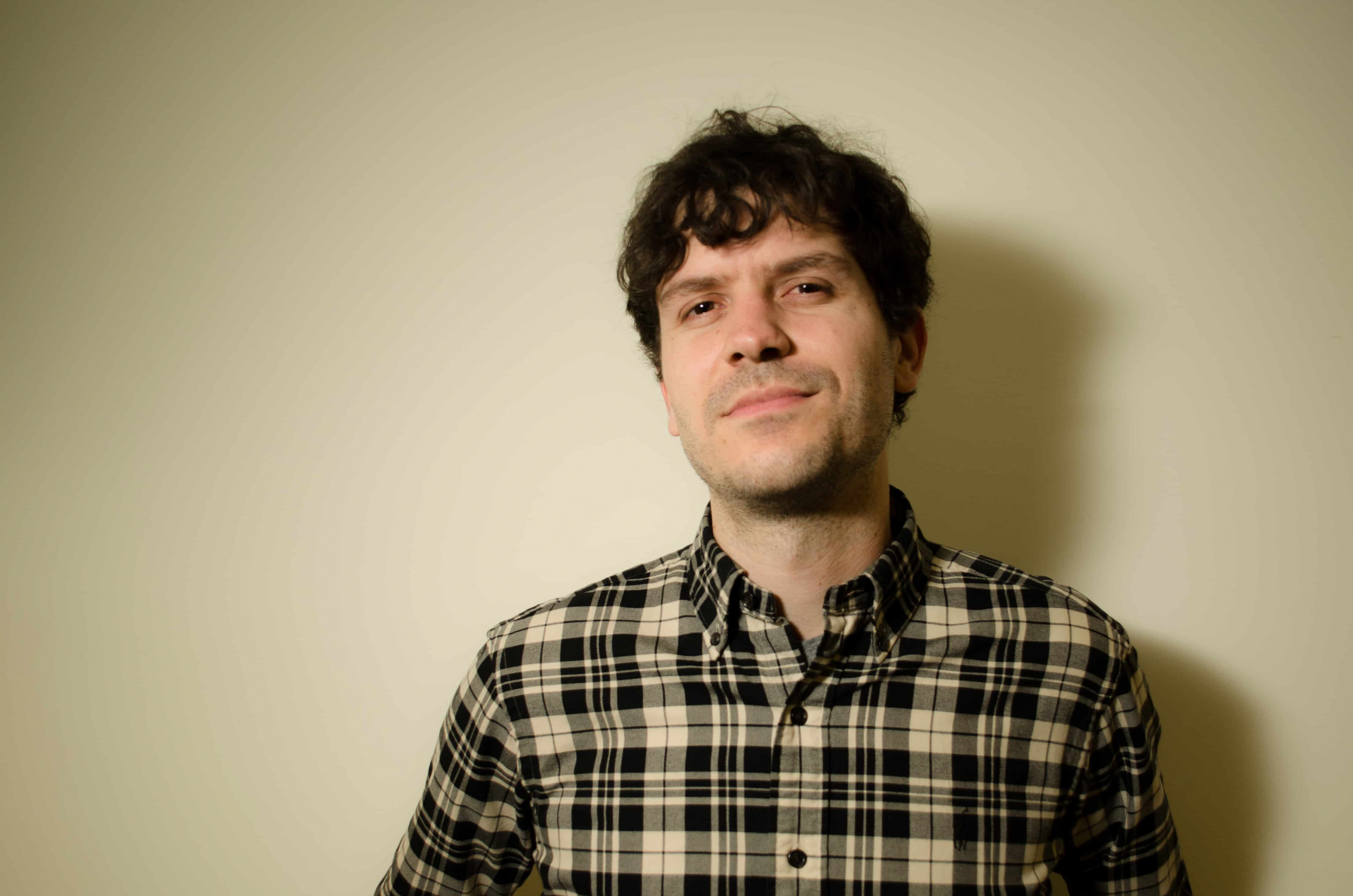Dr. Adam Hammond believes that modernism, a literary movement that aims to depart significantly from classical and traditional forms of literature, is closely linked to the world of science. Hammond, a University of Toronto alumnus, recently joined the U of T English department as an undergraduate lecturer for the relatively new, but promising course, eng287: “The Digital Text.”
The course is loosely based on “digital humanities,” a term that describes any humanity discipline involving computers. The Digital Text aims to critically examine literature with quantitative analysis, using computer technology. However, “the genius of the course lies not within its scientific side, but with its focus on literature, which sets it apart from similar course offerings in other universities,” claims Hammond.
Alongside discussions about literary theorist Marshall McLuhan’s conceptual global village or the societal implications of the e-reader, modernist literature is often a key topic of consideration for the course.
As part of the grade component of the course, students from The Digital Text are partaking in a class project called “The Brown Stocking.” Students are assigned to identify and tag the character voices in a given modernist text, which can be quite a challenge, since the various discourses of the characters within the text often intertwine. Thus, the difficulty is in figuring out which character is speaking. The objective of this project is to gain an overall understanding of the distinct voices in the novel.
Last year, the result of the class project, which utilized T.S. Eliot’s “The Waste Land,” was a computer algorithm developed by the course’s TA Julian Brooke. Brooke trained the computer to determine vocal switches within the poem. In addition to assisting the class, Brooke is a PhD student in computer science, and has frequently collaborated with Hammond on research and various projects.
Despite the insight derived from computer technology in this instance, Hammond has described the identification of stylistic features in a narrative as “a nightmare for a computer.” Incongruities strain the literature and computer science relationship. Hammond notes, “Computer science assumes there’s one truth. English [does] not. We’re trying to bridge this gap.”
The ‘gap’ is problematic for Hammond, since “the first thing you learn in English [is] there’s no right answer, but good arguments.” However, though a gap may persist in this relationship, Hammond says, “luckily I’m working with someone who gets it.”
Virginia Woolf’s modern classic, To The Lighthouse, has been chosen for this year’s class project. Hammond, a specialist in modernist literature, chose To The Lighthouse because of its seminal value to modernism. Though, at the outset, the novel may seem like a typical read, the interwoven voices of each character are a main feature that marks it as a cornerstone of the literary movement.
The identifiable characteristic of modernism is the idea of resistance in the face of totalitarianism. In other words, modernism attempts to undermine the fixed conventions of an authorial presence, identifiable in Woolf’s ground-breaking work on narrative voices that challenges dominant conventions of the novel. Modernist writings have generally been influenced by pivotal topics such as industrialization, new media technologies, politics, and fascism. For this reason, Hammond was attracted to the literary genre. He feels that the modernists had a “sense of some grand and historical mission — trying to change the world.”
The revolutionary and innovative nature of modernism often makes it difficult to draw the line between the arts and science. “I wouldn’t say it’s a science,” says Hammond. “All of these things go together — Einstein and Heisenberg, the idea of relativity, which is an idea that certainly modernist writers were excited about.”
While this could be interpreted as an estranged view of the relationship between art and science, Hammond is in fact hopeful about the future of this seemingly vague and mutually exclusive connection.
“I don’t think there’s a distinction that you can draw between arts and science,” Hammond says. “The drawings that I’m doing [for class lectures], I’m using my iPad to do them… I couldn’t make cool drawings like that without using some new platform.
“In terms of quantitative analysis of literature, it’s not just some radically different thing — it’s just asking questions that excite me, as someone who’s interested in art. I can ask the same questions, but get more interesting and quicker answers. I don’t see any disconnect there.”


